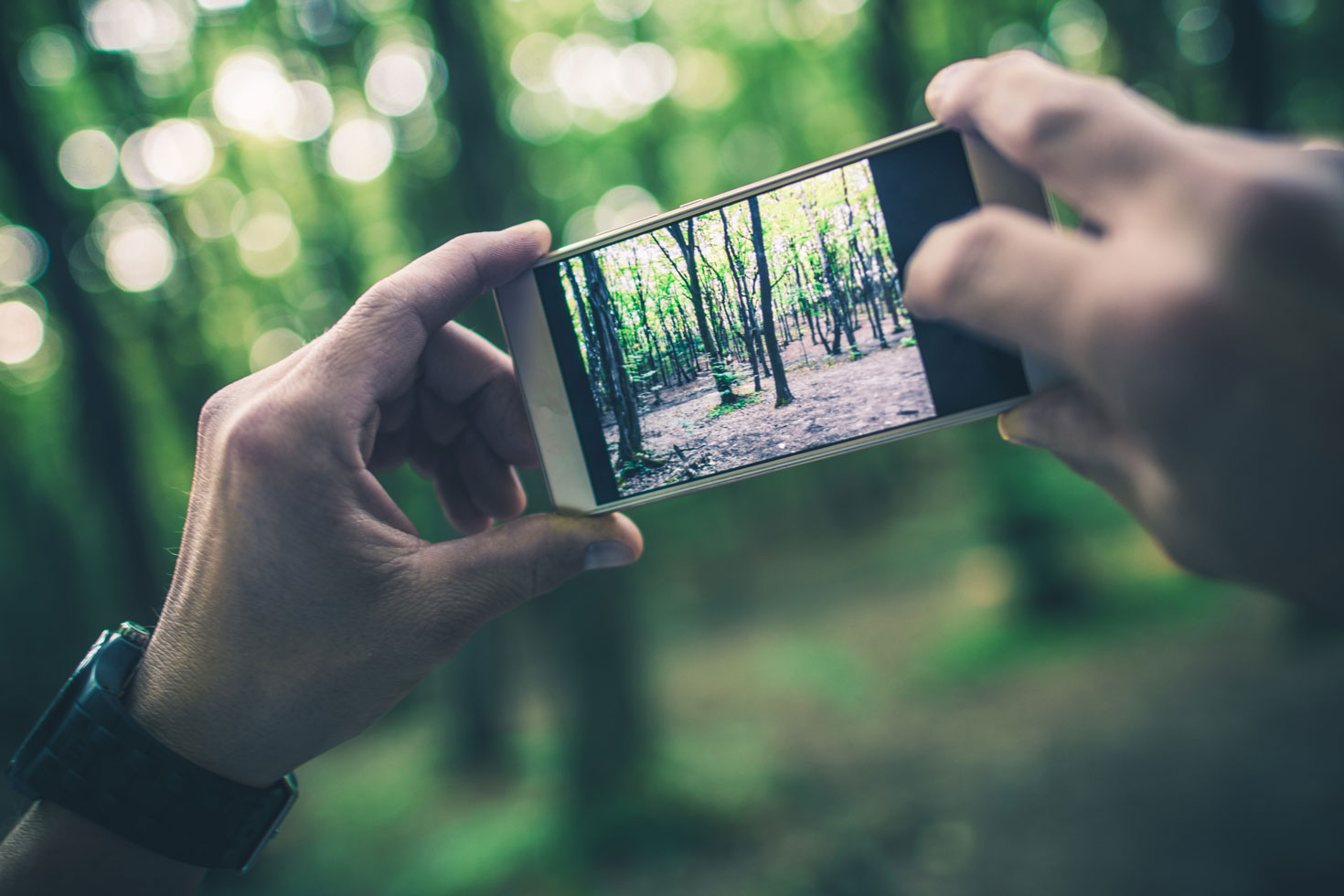iNaturalist, or iNat for short, is a citizen science project designed to help anyone and everyone log and identify the living things that they see. Users upload pictures of plants and animals they see as observations, which can then be identified and verified by community members on the app. If enough users verify an observation and the identification associated with it, the observation is marked as “Research Quality” and can be used by scientists across the globe. All of the biodiversity data on iNaturalist is open data, meaning that it can be used for research, policy making, conservation, or just general interest. It has tools to explore observations made by both species and location.
The app is available on IOS and Android devices as well as accessible through any web browser at https://www.inaturalist.org/.
To use iNaturalist, you’ll need to make an account to post your observations with. Once you have an account, the next step is to observe something in nature. This can be anything from a bug you spot on your way to work to a plant you see while hiking a mountain. Only observations of organisms that are wild can become research quality- if you’re taking pictures of animals in a zoo or plants cultivated in a garden, mark them as “Captive/Cultivated” to ensure people know that they aren’t there on their own.
Take a photo of the organism with your phone, using the camera application. Each organism should be its own observation. If you find multiple species that you want to upload, take a picture of each one separately.
When you open iNaturalist, click on the “Observe” button at the top of your screen (iOS) or click the plus under the My Observations tab (Android) and upload the photo/photos you took. The date and location of the photo should be filled in automatically; if they aren’t, check your privacy settings and ensure that iNaturalist has access to your location or fill them in manually.
Note: Occasionally, you may not want people to know where you found an organism, especially if it’s often hunted, poached, or captured for the pet trade. iNaturalist allows you to change the location visibility, meaning that you can hide the exact location so the observation is still recorded but the species is protected from users with ulterior motives.
Finally, try to identify the organism in the “What did you see?” category. If your device is online, iNaturalist should offer suggestions as to what it thinks is in the image. Scroll through the suggestions to find the best match or type in your own identification. If you’re offline, you can simply type in a placeholder such as “Placeholder: Orange flower”
Finally, save and either upload (iOS) or sync (Android) your observation with the community! This makes your observation public, so other iNaturalist users can view it and add or verify identifications. Remember to check back occasionally to see what the community is saying about your observation, or turn on activity email notifications to ensure you never miss a comment.
For a more detailed walkthrough and video tutorials, check out the iNaturalist guide to getting started.
